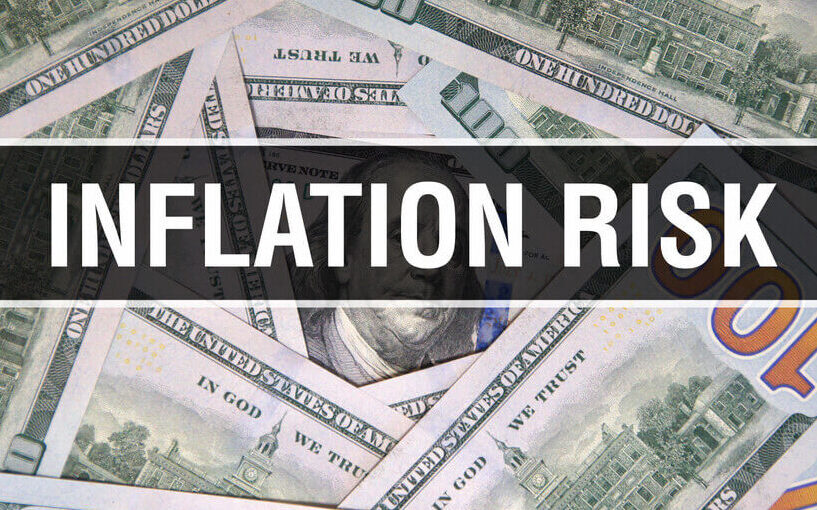Inflation becomes a problem when everyone expects it to be a problem.
Economists prove that idea with complex formulas. As investors, we can apply common sense to see how inflation worries can be a self-fulfilling prophecy.
If we expect inflation to rise 10% in the next year, we will buy what we need as soon as possible to avoid a price hike.
New parents, for example, may stock up on diapers. These are already an expensive commodity, and a 10% price hike would put them out of reach for some. Those who could afford to would buy more and shove them into every available corner of their house.
Their excess buying increases demand and creates a shortage of diapers. This can lead to additional price increases as manufacturers face higher costs to meet demand.
Applying that concept to all of the items at Walmart creates significant inflationary pressure.
That’s why it’s important to monitor inflation expectations.
Inflation Expectations Are Key
Federal Reserve Chair Jerome Powell recently noted the importance of expectations: “We are committed to our longer-run goal of 2 percent inflation and to having longer-term inflation expectations well anchored at this goal.”
And he promised to act if inflation or expectations rose.
There are two ways to monitor inflation expectations:
- Surveys.
- Market action.
An example of the latter is the 10-year breakeven inflation rate. This is the difference between the yields on 10-year Treasury notes and 10-year Treasury Inflation Protected Securities (TIPS).
The Fed has data on this rate going back to 2004. This week, it reached an all-time high.
Investors’ Expectations Are Higher Than the Fed’s 2% Target
Source: Federal Reserve.
Bond market investors expect inflation to average 2.77% over the next 10 years. Expectations were below 2% when the Fed Chair promised action a few months ago.
Bottom line: If surveys confirm the market data, the Fed may be forced to act decisively.
That could mean a 0.5% interest rate hike next week. To gain insights into that decision, it will be important to study the University of Michigan sentiment survey that will be released today.
Click here to join True Options Masters.
